Experimental
-
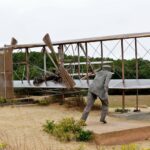 1903 - The Wright Flyer
1903 - The Wright Flyer
-
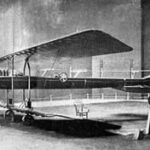 1910 - Coanda Model 1910
1910 - Coanda Model 1910
-
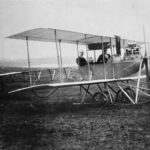 1911 - Avro Type D
1911 - Avro Type D
-
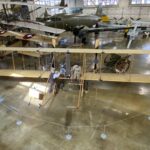 1911 - Burgess-Wright Model F Flyer
1911 - Burgess-Wright Model F Flyer
-
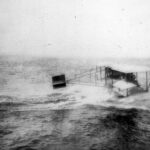 1911 - Curtiss A-1 Triad (Model E)
1911 - Curtiss A-1 Triad (Model E)
-
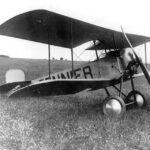 1914 - Ponnier L.1
1914 - Ponnier L.1
-
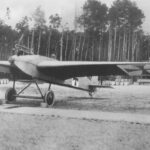 1915 - Junkers J1
1915 - Junkers J1
-
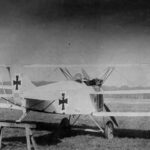 1917 - AEG Dr.I
1917 - AEG Dr.I
-
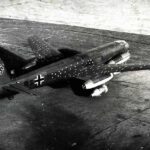 1944 - Junkers Ju 287
1944 - Junkers Ju 287
-
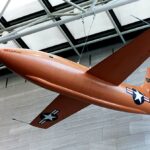 1947 - Bell X-1
1947 - Bell X-1
-
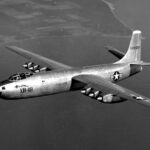 1947 - Martin XB-48
1947 - Martin XB-48
-
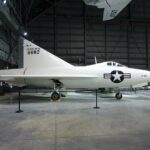 1948 - Convair XF-92
1948 - Convair XF-92
-
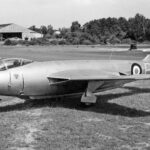 1950 - Hawker P.1072 Aircraft
1950 - Hawker P.1072 Aircraft
-
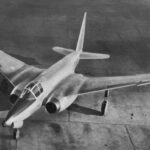 1950 - Nord 1601
1950 - Nord 1601
-
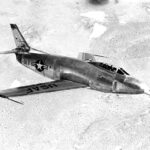 1950 - North American YF-93
1950 - North American YF-93
-
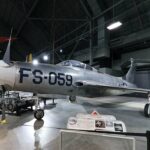 1950 - Republic XF-84H Thunderscreech
1950 - Republic XF-84H Thunderscreech
-
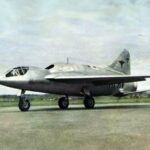 1950 - Sud-Ouest SO.2400 (Grognard)
1950 - Sud-Ouest SO.2400 (Grognard)
-
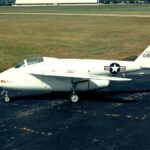 1951 - Bell X-5
1951 - Bell X-5
-
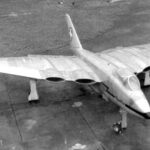 1951 - FAF EFW N-20 Arbalete (Crossbow)
1951 - FAF EFW N-20 Arbalete (Crossbow)
-
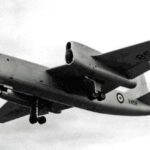 1951 - Short SA.4 Sperrin
1951 - Short SA.4 Sperrin
-
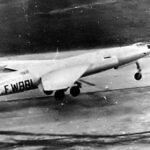 1951 - SNCASO SO.4000
1951 - SNCASO SO.4000
-
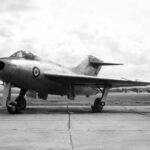 1952 - Boulton Paul P.120
1952 - Boulton Paul P.120
-
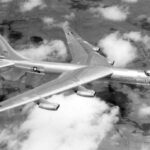 1952 - CONVAIR YB-60
1952 - CONVAIR YB-60
-
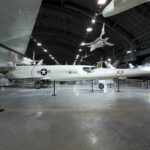 1952 - Douglas X-3 Stiletto
1952 - Douglas X-3 Stiletto
-
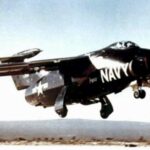 1952 - Grumman XF10F Jaguar
1952 - Grumman XF10F Jaguar
-
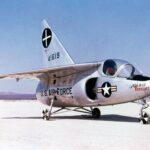 1953 - Ryan X-13 Vertijet
1953 - Ryan X-13 Vertijet
-
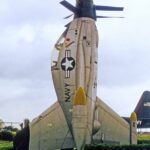 1954 - CONVAIR XFY Pogo
1954 - CONVAIR XFY Pogo
-
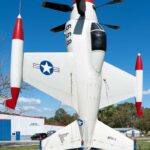 1954 - Lockheed XFV (Salmon)
1954 - Lockheed XFV (Salmon)
-
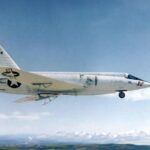 1955 - Bell X-2 (Starbuster)
1955 - Bell X-2 (Starbuster)
-
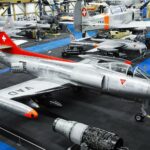 1955 - FFA P-16
1955 - FFA P-16
-
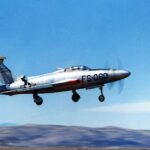 1955 - Republic XF-84H Thunderscreech
1955 - Republic XF-84H Thunderscreech
-
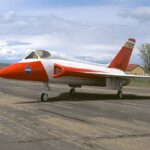 1956 - Douglas F5D Skylancer
1956 - Douglas F5D Skylancer
-
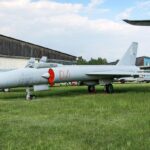 1956 - Lavochkin La-250 (Anaconda)
1956 - Lavochkin La-250 (Anaconda)
-
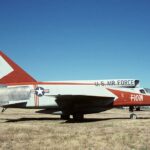 1956 - North American YF-107 (Ultra Sabre)
1956 - North American YF-107 (Ultra Sabre)
-
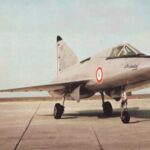 1956 - SNCASE S.E.212 Durandal
1956 - SNCASE S.E.212 Durandal
-
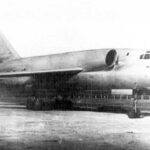 1956 - Tupolev Tu-98 (Backfin)
1956 - Tupolev Tu-98 (Backfin)
-
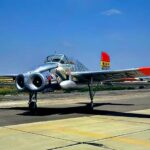 1957 - Bell X-14 (Type 68)
1957 - Bell X-14 (Type 68)
-
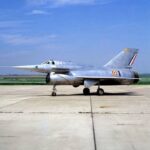 1957 - Nord 1500 Griffon
1957 - Nord 1500 Griffon
-
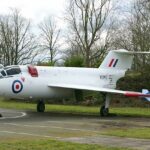 1957 - Saunders-Roe SR.53
1957 - Saunders-Roe SR.53
-
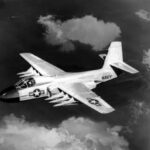 1959 - Douglas F6D Missileer
1959 - Douglas F6D Missileer
-
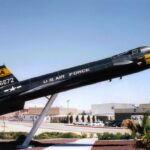 1959 - North American X-15
1959 - North American X-15
-
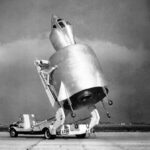 1959 - SNECMA C.450 Coléoptère
1959 - SNECMA C.450 Coléoptère
-
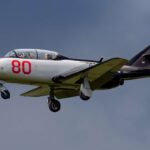 1960 - Yakovlev Yak-30 (Magnum)
1960 - Yakovlev Yak-30 (Magnum)
-
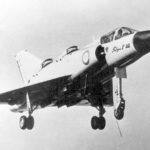 1962 - Dassault Balzac V
1962 - Dassault Balzac V
-
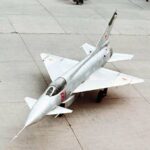 1962 - Mikoyan-Gurevitch Ye-8 (Fishbed)
1962 - Mikoyan-Gurevitch Ye-8 (Fishbed)
-
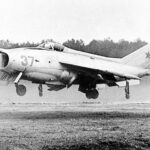 1963 - Yakovlev Yak-36 (Freehand)
1963 - Yakovlev Yak-36 (Freehand)
-
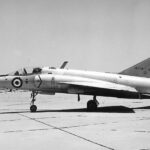 1964 - EGAO Helwan HA-300
1964 - EGAO Helwan HA-300
-
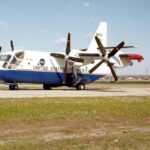 1964 - LTV XC-142
1964 - LTV XC-142
-
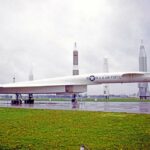 1964 - North American XB-70 Valkyrie
1964 - North American XB-70 Valkyrie
-
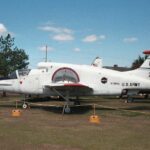 1964 - Ryan XV-5 Vertifan
1964 - Ryan XV-5 Vertifan
-
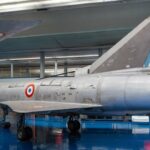 1965 - Dassault Mirage IIIV
1965 - Dassault Mirage IIIV
-
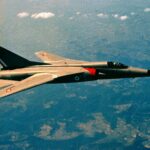 1967 - Dassault Mirage G
1967 - Dassault Mirage G
-
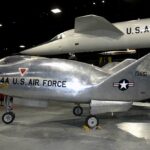 1969 - Martin X-24A
1969 - Martin X-24A
-
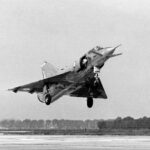 1970 - Dassault Mirage Milan ("Kite")
1970 - Dassault Mirage Milan ("Kite")
-
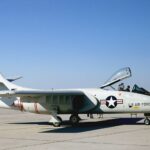 1972 - Northrop YA-9
1972 - Northrop YA-9
-
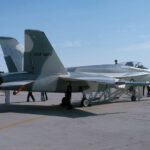 1972 - Northrop YF-17 Cobra
1972 - Northrop YF-17 Cobra
-
 1973 - Martin X-24B
1973 - Martin X-24B
-
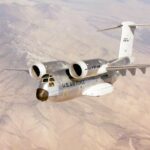 1976 - Boeing YC-14
1976 - Boeing YC-14
-
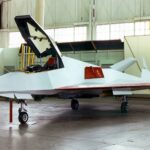 1977 - Lockheed Have Blue
1977 - Lockheed Have Blue
-
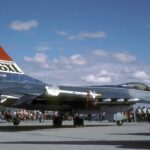 1982 - General Dynamics F-16XL
1982 - General Dynamics F-16XL
-
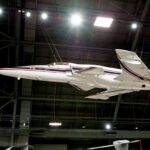 1982 - Grumman X-29
1982 - Grumman X-29
-
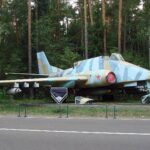 1982 - Ilyushin IL-102
1982 - Ilyushin IL-102
-
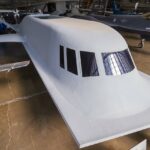 1982 - Northrop Tacit Blue
1982 - Northrop Tacit Blue
-
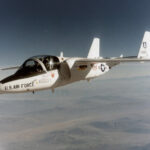 1985 - Fairchild Republic T-46
1985 - Fairchild Republic T-46
-
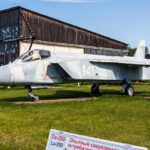 1987 - Yakovlev Yak-41 (Freestyle / Yak-141)
1987 - Yakovlev Yak-41 (Freestyle / Yak-141)
-
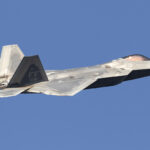 1990 - Lockheed Martin YF-22
1990 - Lockheed Martin YF-22
-
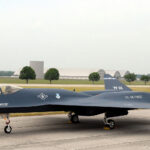 1990 - Northrop-McDonnell Douglas YF-23 (Black Widow II)
1990 - Northrop-McDonnell Douglas YF-23 (Black Widow II)
-
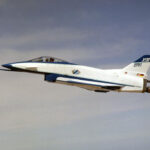 1990 - Rockwell-MBB X-31 (EFM)
1990 - Rockwell-MBB X-31 (EFM)
-
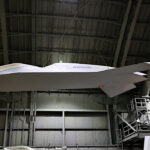 1996 - Boeing Bird of Prey
1996 - Boeing Bird of Prey
-
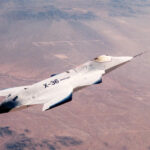 1997 - Boeing (McDonnell Douglas) X-36
1997 - Boeing (McDonnell Douglas) X-36
-
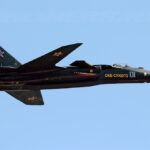 1997 - Sukhoi Su-47 Berkut (Golden Eagle)
1997 - Sukhoi Su-47 Berkut (Golden Eagle)
-
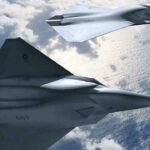 1999 - Lockheed Martin X-44 MANTA (Multi-Axis, No-Tail Aircraft)
1999 - Lockheed Martin X-44 MANTA (Multi-Axis, No-Tail Aircraft)
-
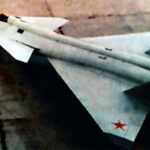 1999 - Mikoyan MiG 1.42
1999 - Mikoyan MiG 1.42
-
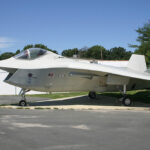 2000 - Boeing X-32 JSF (Joint Stike Fighter)
2000 - Boeing X-32 JSF (Joint Stike Fighter)
-
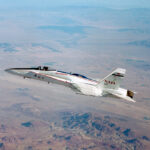 2006 - Boeing X-53 AAW (Active Aeroelastic Wing)
2006 - Boeing X-53 AAW (Active Aeroelastic Wing)
-
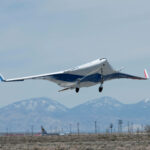 2007 - Boeing X-48
2007 - Boeing X-48
-
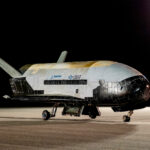 2010 - Boeing X-37 OTV (Orbital Test Vehicle)
2010 - Boeing X-37 OTV (Orbital Test Vehicle)
-
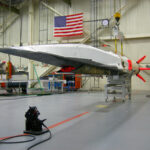 2010 - Boeing X-51 Waverider
2010 - Boeing X-51 Waverider
-
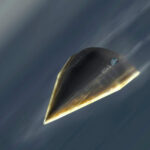 2010 - DARPA Falcon HTV-2
2010 - DARPA Falcon HTV-2
-
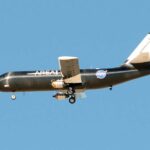 2015 - Prototype-Technology Evaluation Research Aircraft (PTERA)
2015 - Prototype-Technology Evaluation Research Aircraft (PTERA)
-
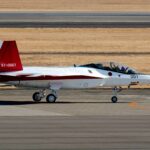 2016 - Mitsubishi X-2 (ATD-X / Shinshin)
2016 - Mitsubishi X-2 (ATD-X / Shinshin)
-
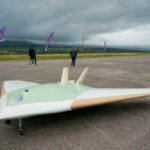 2017 - BAe Magma
2017 - BAe Magma
-
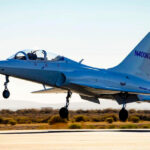 2017 - Northrop Grumman T-X (Model 400)
2017 - Northrop Grumman T-X (Model 400)
-
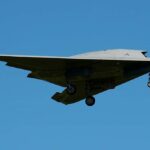 2018 - Dassault nEUROn UCAV
2018 - Dassault nEUROn UCAV
-
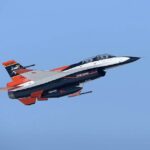 2018 - Lockheed X-62A VISTA Experimental Aircraft
2018 - Lockheed X-62A VISTA Experimental Aircraft
-
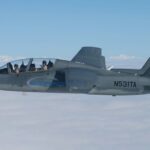 2018 - Textron AirLand Scorpion Aircraft
2018 - Textron AirLand Scorpion Aircraft
-
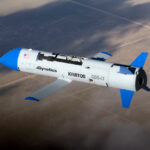 2019 - Dynetics X-61 Gremlins
2019 - Dynetics X-61 Gremlins
-
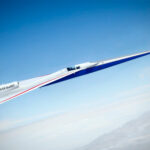 2022 - Lockheed Martin / NASA X-59 LBFD
2022 - Lockheed Martin / NASA X-59 LBFD
-
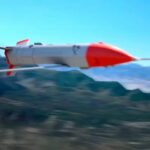 2022 - Lockheed Martin Skunk Works Speed Racer Unmanned Aircraft System (UAS)
2022 - Lockheed Martin Skunk Works Speed Racer Unmanned Aircraft System (UAS)
-
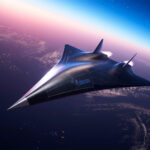 2025 - Hermeus Quarterhorse
2025 - Hermeus Quarterhorse
-
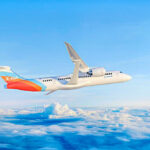 2025 - NASA-Boeing X-66A Transonic Truss-Braced Wing (TTBW)
2025 - NASA-Boeing X-66A Transonic Truss-Braced Wing (TTBW)
-
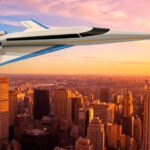 2025 - Spike S-512 Quiet Supersonic Jet (QSJ)
2025 - Spike S-512 Quiet Supersonic Jet (QSJ)
-
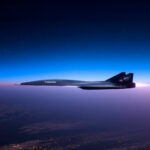 2027 - Hermeus Darkhorse
2027 - Hermeus Darkhorse
-
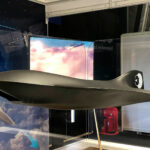 2032 - HVX (Hypersonic air Vehicle, Experimental)
2032 - HVX (Hypersonic air Vehicle, Experimental)
What is an experimental aircraft ?
An experimental aircraft, often simply referred to as an “experimental,” is an aircraft that is built and operated for the purpose of research, development, testing, and evaluation of new aviation technologies, designs, or concepts. These aircraft are typically not intended for commercial or general aviation use, and they serve specific purposes in advancing aviation knowledge and capabilities. Here’s a more detailed explanation of what an experimental aircraft is and its objectives:
- Research and Development:
The primary objective of an experimental aircraft is to serve as a platform for testing and refining innovative ideas and technologies related to aviation. These ideas may encompass various aspects of aircraft design, propulsion systems, aerodynamics, materials, avionics, and more. Researchers and engineers use experimental aircraft to gather real-world data and assess the feasibility and performance of their innovations.
- Advancing Aviation Technology:
Experimental aircraft play a crucial role in advancing the state of aviation technology. They provide a practical environment for testing and validating new concepts, which can lead to breakthroughs in efficiency, safety, and performance. Many technologies that we now take for granted in modern aircraft, such as fly-by-wire systems, composite materials, and advanced aerodynamic features, were first tested and proven on experimental aircraft.
- Concept Proving:
Experimental aircraft are often used to validate novel aviation concepts. Whether it’s exploring unconventional aircraft configurations, propulsion methods, or control systems, these aircraft serve as testbeds to determine the viability and practicality of these ideas. Some experimental aircraft are designed specifically to push the boundaries of what is possible in aviation, like supersonic or hypersonic research planes.
- Training and Education:
Experimental aircraft are sometimes used for training pilots, engineers, and researchers. They provide a unique learning experience, allowing individuals to work on cutting-edge projects and gain hands-on experience with emerging technologies. This educational aspect is crucial in preparing the next generation of aviation professionals.
- Data Collection and Analysis:
Experimental aircraft are equipped with various sensors and instrumentation to collect data during flights. This data helps researchers understand how the aircraft and its systems perform under different conditions. The insights gained from this data are used to make improvements, optimize designs, and ensure the safety and reliability of future aircraft.
- Risk and Innovation:
Experimental aircraft are inherently associated with a level of risk due to their unproven nature. However, this risk is often necessary to drive innovation in the aviation industry. By pushing the boundaries and taking calculated risks, experimental aircraft contribute to the evolution of aviation and lead to safer, more efficient, and more capable aircraft in the long run.
An experimental aircraft serves as a testbed for exploring new aviation technologies, concepts, and designs. Its objective is to advance aviation knowledge, drive innovation, and ultimately contribute to the development of safer, more efficient, and more capable aircraft for the future. These aircraft are essential in pushing the boundaries of what is possible in aviation and ensuring that the industry continues to evolve.